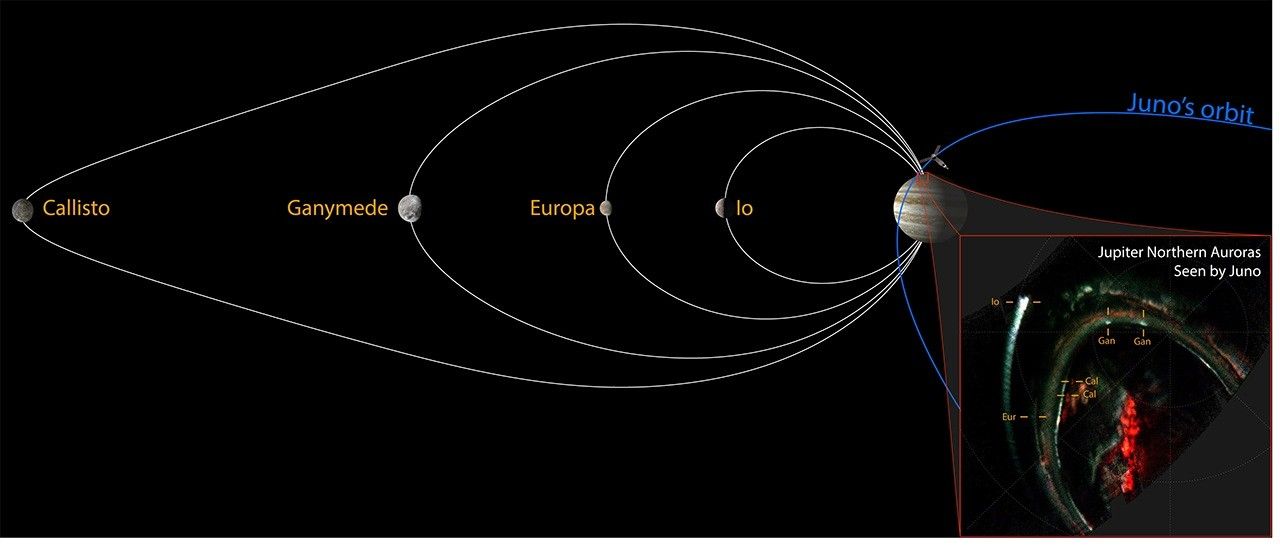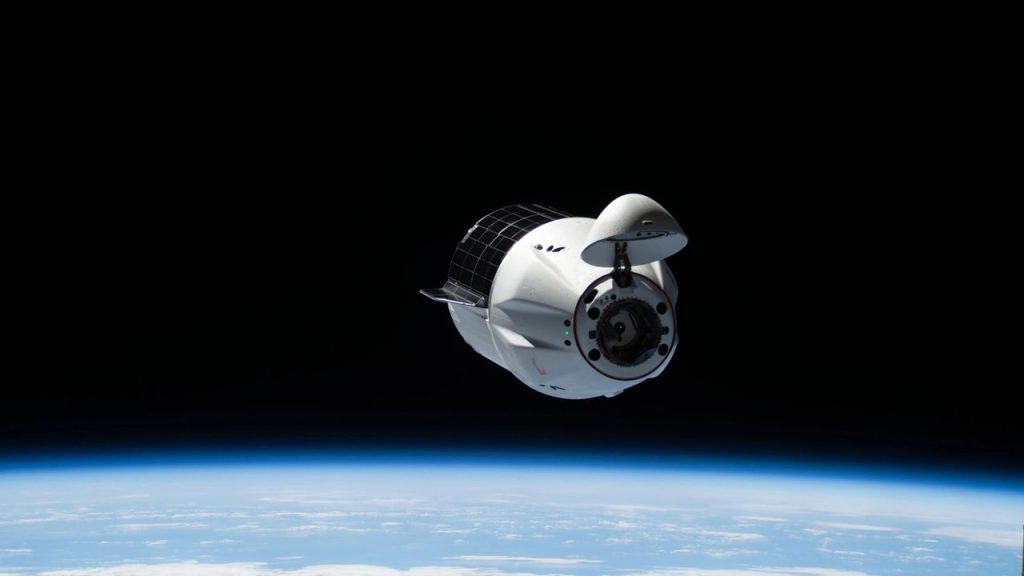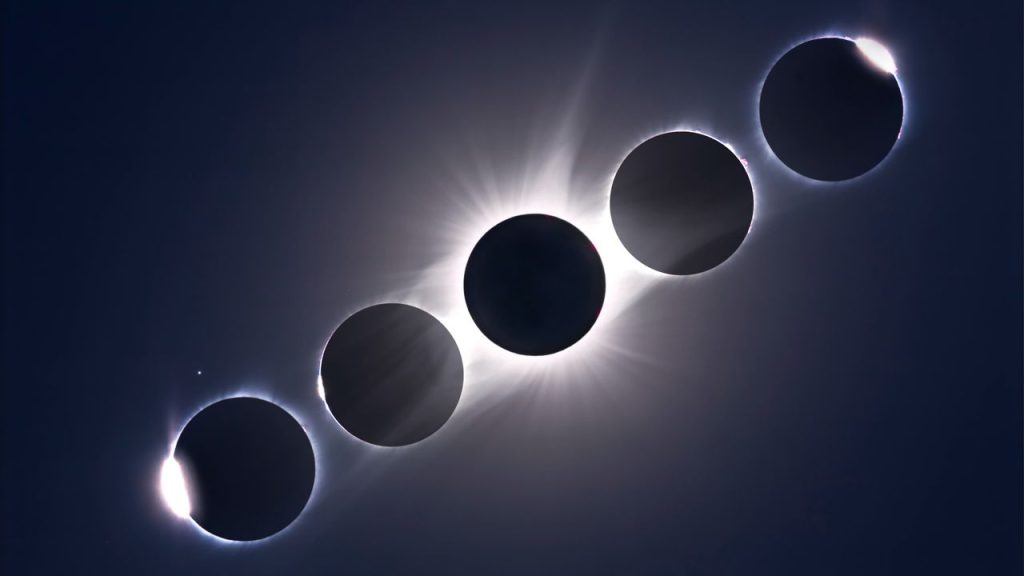Now Reading: Juno Discovers Missing Auroral Signature from Jupiter’s Largest Moons
-
01
Juno Discovers Missing Auroral Signature from Jupiter’s Largest Moons
Juno Discovers Missing Auroral Signature from Jupiter’s Largest Moons

Speedy Summary
- NASA’s Juno mission, active since 2016, has detected the auroral footprint of Callisto, Jupiter’s most distant Galilean moon.
- Auroras are light displays caused by planetary interactions with solar wind or magnetic fields. Callisto creates its own auroral signature in Jupiter’s atmosphere, marking it as unique compared to Earth’s Moon.
- Callisto’s auroral footprint had eluded past NASA Hubble Space Telescope observations due to its faintness and overlap with Jupiter’s main auroral oval.
- During Juno’s 22nd orbit in September 2019, a high-density solar stream shifted Jupiter’s magnetosphere and moved the main aurora aside briefly, allowing the spacecraft to capture Callisto’s signature while crossing relevant magnetic field lines.
- The discovery completes the set of confirmed auroral signatures for all four Galilean moons – Io, Europa, Ganymede, and now Callisto – demonstrating how each interacts with their local space environment differently.
- A team led by Jonas Rabia (IRAP) published findings on this breakthrough in Nature Communications on September 1, 2025.
Indian Opinion Analysis
The identification of Callisto’s distinct auroral footprint is a important milestone for planetary science as it highlights the complex interplay between celestial bodies and their environments beyond Earth. For India specifically-an emerging leader in space exploration-the findings underscore both challenges and opportunities for studying distant extraterrestrial systems where multiple factors like faint signals or overlapping phenomena complicate discoveries.
India can draw inspiration from such meticulous observation strategies to enhance its approach toward enterprising missions like Chandrayaan or Aditya L1 that aim at uncovering nuanced details about lunar geology or solar activities respectively. The collaborative international effort behind this work also reinforces India’s potential for leveraging partnerships to advance space research goals further.
Efforts like these not only enrich scientific knowledge but could pave pathways toward solving engineering challenges critical for interplanetary missions-a long-term aspiration shared globally including pivotal players like ISRO.



























